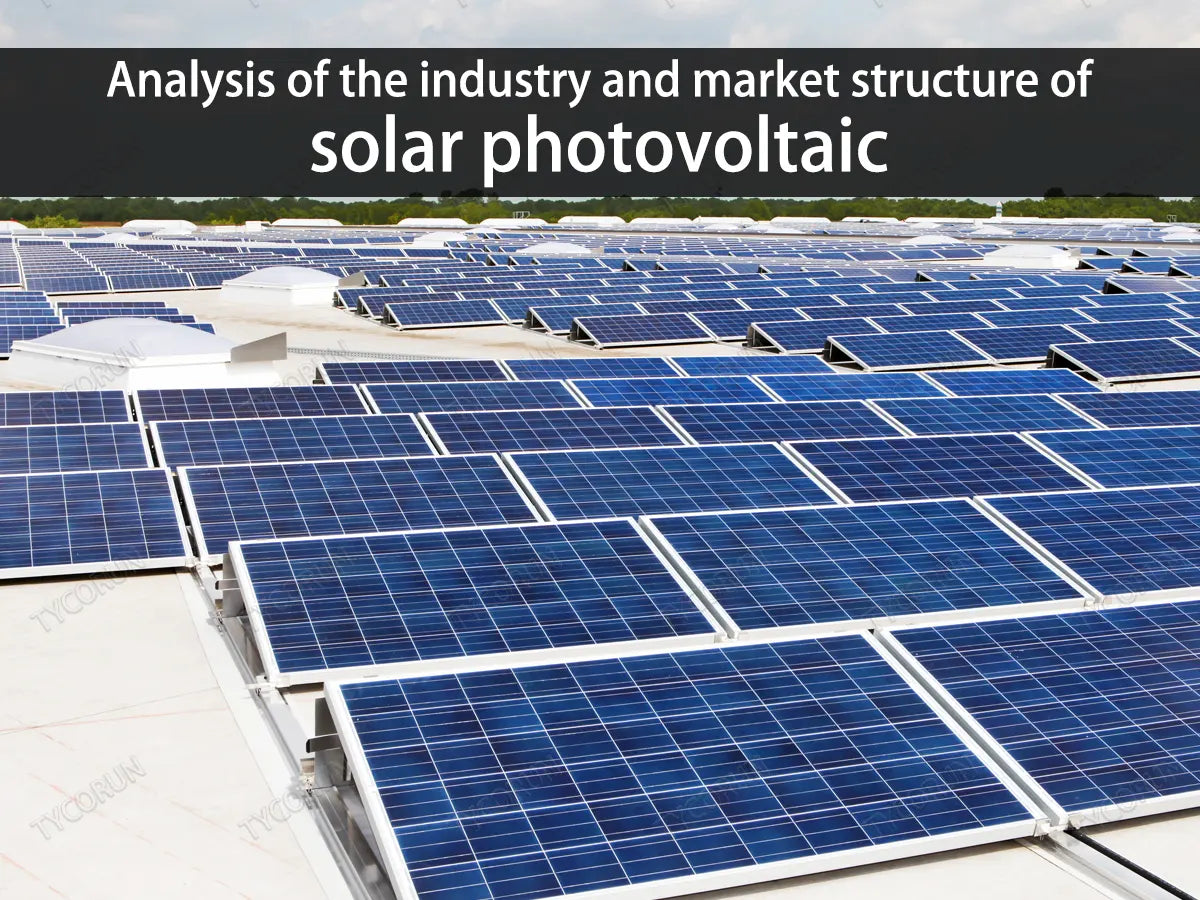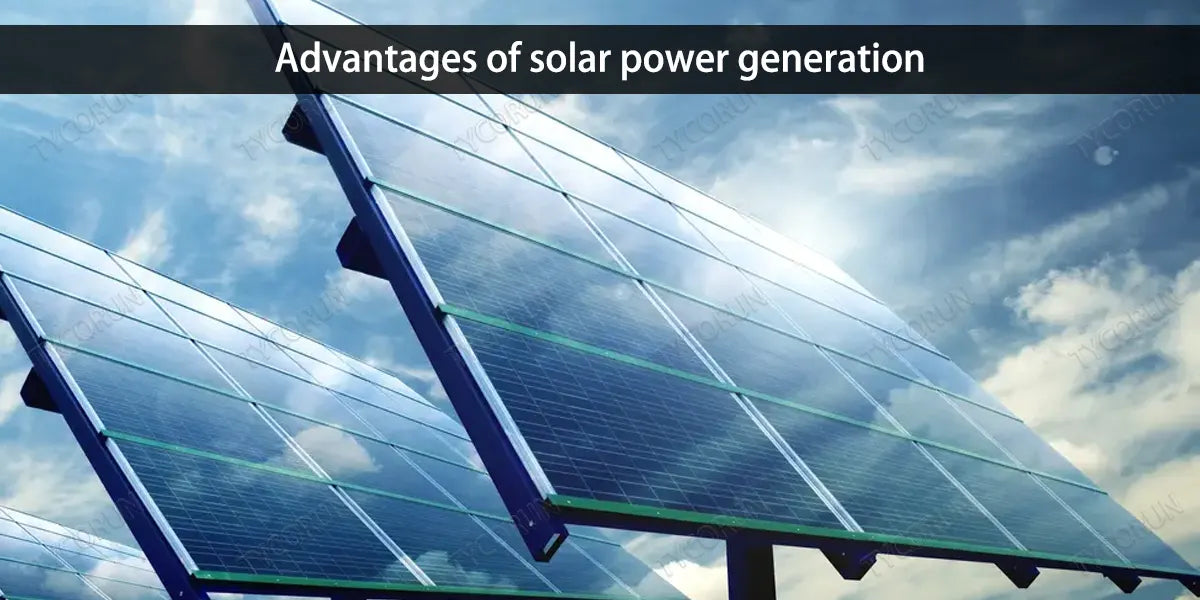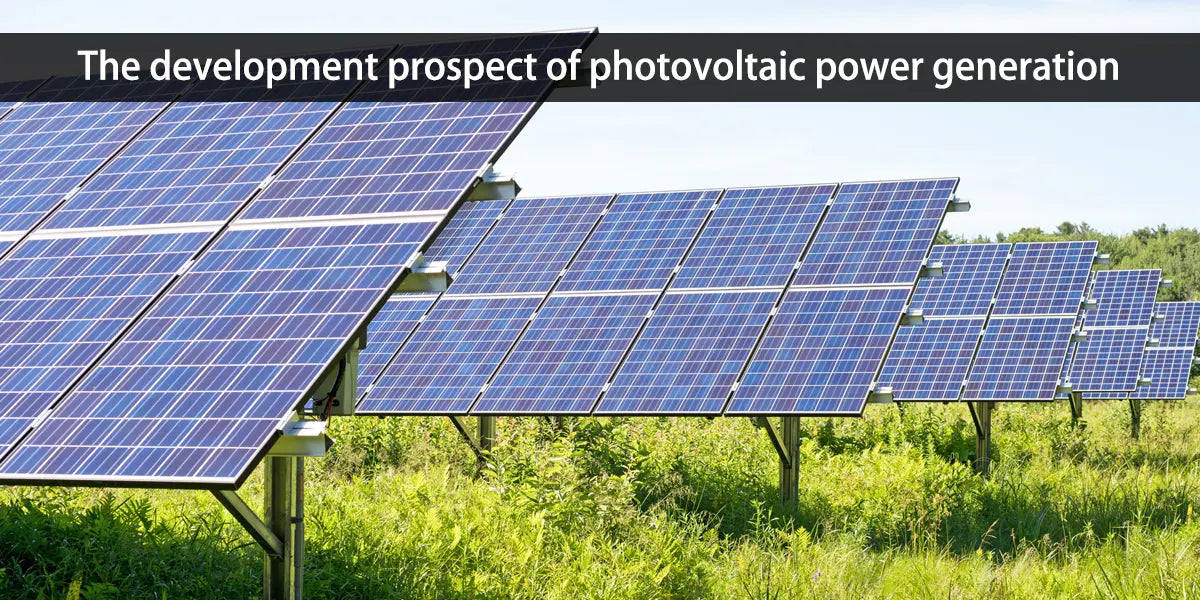
Main content:
Photovoltaic industry refers to the general term for the use of solar photovoltaic technology as the main technology, the use of solar power generation, the use of solar thermal power generation or solar energy refining to produce substances and various necessary and other related production technologies.
It is a relatively emerging industry that uses solar energy to directly convert the valuable energy available to people, so it has great development prospects, and in the process of development, it can also effectively drive the comprehensive development of society.
The photoelectric conversion industry chain formed based on the application and development of silicon materials is called the pv industry. It includes silicon, ingots, chips, batteries, components, system integration and applications, related production equipment manufacturing, raw material manufacturing, etc.
1. Components of a solar photovoltaic system
● Silicon material collection and production
The upstream of the pv industry chain is the production of silicon wafers and crystalline silicon raw materials, raw materials for solar panels. This industry is a monopoly industry in China, which can also be divided into crystalline silicon production and crystalline silicon purification, and the subsequent processes include the production of silicon wafers, cutting silicon wafers, and wafer texturing (to improve the absorption of light by batteries).
● Fabrication of photovoltaic cells and modules
The midstream of the photovoltaic industry chain begins with the production of crystalline silicon cells, and the processing of crystalline silicon into cells is the core step to achieve photoelectric conversion. In China, crystalline silicon (monocrystalline, polycrystalline) photovoltaic module accounts for more than 95% of the market.

Then there is the production of battery modules, which assemble cells into battery modules, which is a labor-intensive industry and is the tail end of the middle stream of the photovoltaic industry chain.
● Integration and operation of photovoltaic power plant systems
The downstream of the photovoltaic industry chain is the application of photovoltaic systems, including centralized photovoltaic power stations, home distributed pv system, photovoltaic street lights, photovoltaic traffic lights and other pv applications. This link is more well known in the photovoltaic industry chain.
2. Advantages of solar power generation
- Never run out.
- The geographical location of the solar energy collection site is not very demanding. Relatively speaking, hydropower plants or wind power plants have relatively high geographical requirements.
- The time and cost of setting up a solar power station is lower than that of a hydropower plant.

- The mining and use of solar energy will not cause environmental pollution and is an ideal green energy.
- It has a wide range of applications, and even ordinary households can use solar power to generate electricity.
3. The development prospect of photovoltaic power generation
Photovoltaic power generation is an essential and important part of renewable energy. By 2022, the total installed capacity of photovoltaic power generation has reached 27,000 megawatts, accounting for about one-third of the world's total installed renewable energy capacity.
With increasing investment in renewable energy, the scale of the photovoltaic power generation market will continue to expand. Today, the pv market is in a stage of technological competition and price decline, and high efficiency, low cost and high quality have become the key to the development of the industry.
With the emergence of new technologies such as monocrystalline silicon technology, polysilicon technology, heterojunction technology, amorphous silicon technology, organic solar cells, and perovskite solar cells, the technological progress of photovoltaic power generation has also been greatly developed.

It is expected that in the future, with the continuous advancement of technology and the continuous reduction of costs, the application scenarios of photovoltaic power generation will be more extensive, and the application prospects will be wider.
4. Updates to photovoltaic cell technology
Solar cells mainly include crystalline silicon cells and thin film cells, and the target materials are mainly used in the back electrode link of thin film solar cells and the conductive layer of HIT (heterojunction) cells.
Crystalline silicon pv cells can be divided into silicon wafer-coated solar cells and PVD process high conversion silicon wafer solar cells according to different production processes, among which the production of silicon-coated solar cells does not use sputtering targets.
At present, the target material is mainly used in the field of solar thin film cells, and HIT, as an alternative technology for PERC in the future, is expected to achieve large-scale mass production, thereby driving the demand for target materials.
● Photovoltaic glass
Due to the poor mechanical strength of crystalline silicon cells, and its electrodes are easily oxidized and corroded by moisture and corrosive gases in the air, their application in the open air environment is greatly limited.
So pv glass and backplane are usually used to seal the cells in the middle through EVA film, which can protect the solar battery from oxidation and corrosion of moisture, oxygen and other gases. The aluminum frame and junction box are then installed, which are encapsulated into solar modules.

● Photovoltaic bracket
Photovoltaic bracket is a special structural part designed and installed in solar photovoltaic power generation system to support, fix and rotate photovoltaic modules. Photovoltaic mounts need to be used for a long time in a specific environment.
It has strong mechanical properties such as wind pressure, snow pressure, seismic resistance and corrosion resistance, to ensure normal operation in various harsh environments such as sand, rain, snow, earthquake, etc., and the service life is generally required to reach more than 25 years. The project site criteria must be met.
Globally, the Americas are still the main market for photovoltaic tracking brackets, accounting for more than half of the global demand for tracking brackets. However, in recent years, many emerging PV markets, especially in Asia, Australia and Africa, the demand for tracking brackets has also increased rapidly.
At present, the global share of Chinese inverter and tracking bracket manufacturers is still far less than 70-80% of the market share of the pv midstream.
5. Conclusion
As an energy source that is currently vigorously promoted and developed, pv will play an important role in "dual circulation" and usher in new development opportunities.
In the internal cycle, photovoltaic power generation as a recyclable energy source can ensure energy supply. In external circulation, the continuously upgraded and perfect pv manufacturing industry chain will enhance China's competitiveness in the market and promote photovoltaic companies to accelerate their layout.
Related articles: Top 5 perovskite solar cell companies, home energy storage, thin film solar cell
















